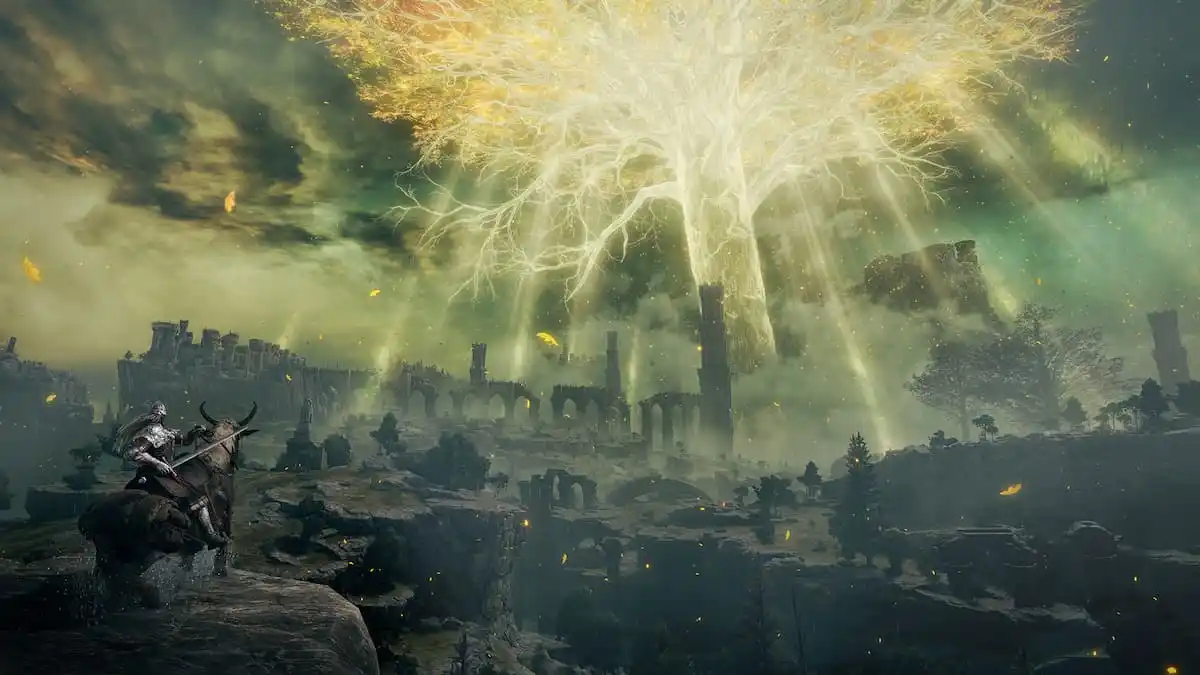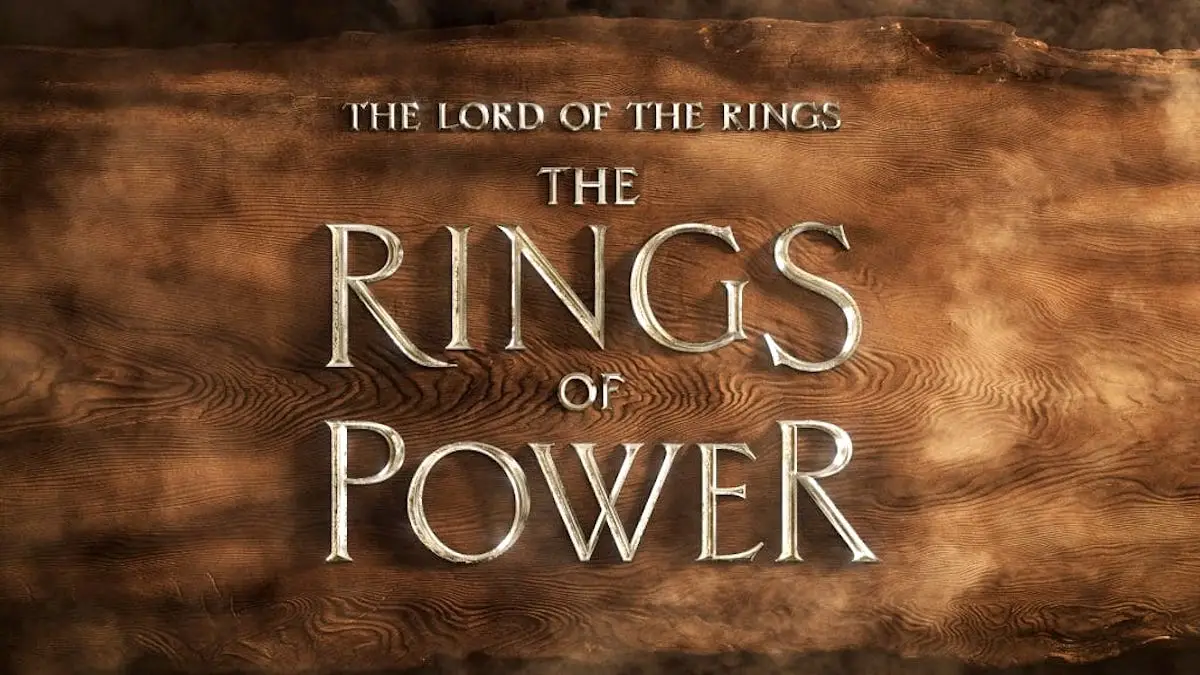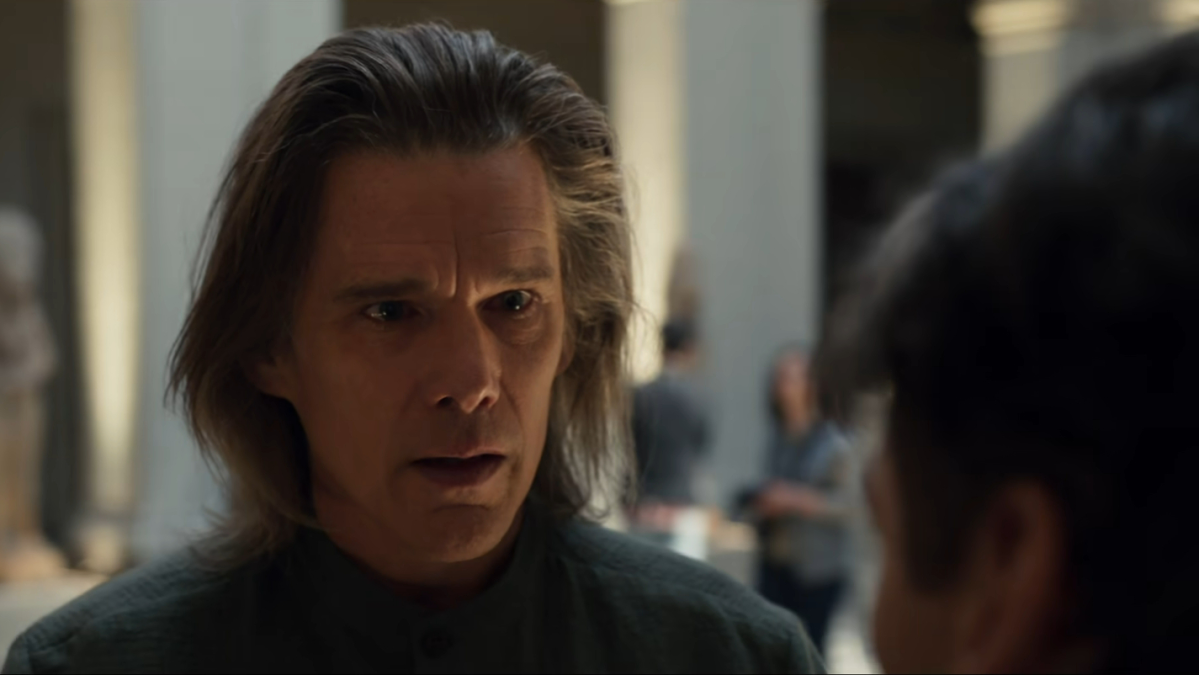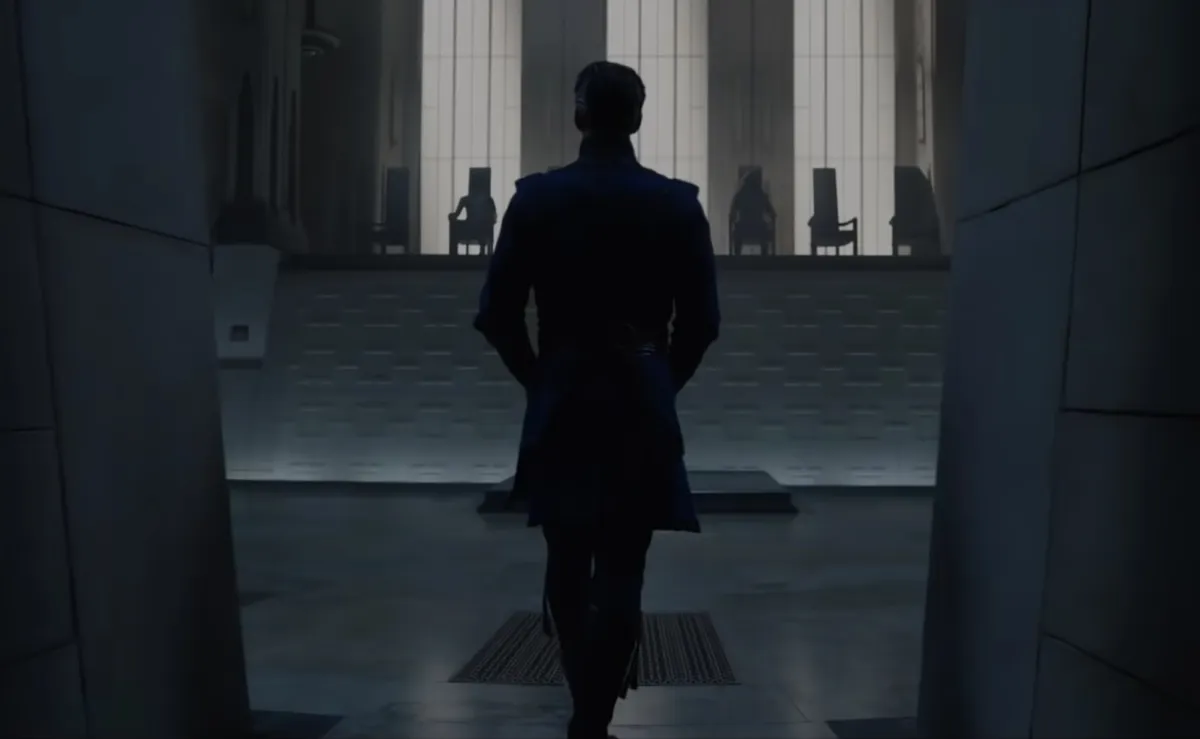**This piece contains spoilers for the entirety of The Skywalker Saga.**
Names have long been an important element in the Star Wars galaxy. From Obi-Wan assuming the name “Ben” to disguise his identity during his self-imposed exile on Tatooine in A New Hope to the officer who brusquely adds the name “Solo” to Han’s Imperial Navy conscription application at the beginning of Solo, the designation by which someone is identified has always been significant. And it isn’t just what you’re called that matters; it’s why. After all, in the Star Wars universe, everything has a story.
Naturally, one of the major conflicts in The Rise of Skywalker concerns Rey’s name (and, by extension, her lineage). At one point, our heroes travel to the Forbidden Valley on Pasaana, where they attend the Festival of the Ancestors, a desert carnival that celebrates the past while looking forward to the future. During the festivities, an Aki-Aki child named Nambi Ghima approaches Rey, bestows her with a necklace, and then asks her for her name. “Rey,” our hero responds, but she has no answer when Nambi asks about her family name—a significant question, considering the cultural meaning behind the Festival of the Ancestors.
It isn’t the first time Rey has struggled with a question about her surname: in The Last Jedi, Luke asks Rey her name. When Luke asks “Rey who?” Rey responds, “Rey from nowhere.”
In The Rise of Skywalker, Rey gets an answer for her family name: Palpatine. The Emperor has long used names to his advantage. During the prequel trilogy, Palpatine used his own Sith name, Darth Sidious, in order to conceal the fact that he was orchestrating the rise of his Empire. And in Revenge of the Sith, Palpatine bestows the name of Darth Vader upon his most infamous apprentice. This renaming is especially meaningful, as it embodies the “death” of Anakin Skywalker (from a certain point of view).
Another character with an important relationship to names is Ben Solo. According to Star Wars The Rise of Skywalker: The Visual Dictionary by Pablo Hidalgo, the Knights of Ren were a gift to Ben Solo from the late Snoke. The group’s previous leader was known as Kylo, and Ben inherited the name when he inherited the group’s allegiance. In other words, much like Palpatine tying the name of Vader around Anakin’s neck, “Kylo” is a name that signifies how ensnared Ben has become in the Dark Side.
This distinction between Kylo and Ben becomes especially important during the scene in The Rise of Skywalker in which Ben confronts the memory of his late father. While Ben insists that “Ben” has died, Han counters that it’s “Kylo” who has died. In this instance, two names—both of which ostensibly refer to the same character—are used to differentiate between the two internally struggling halves of Han and Leia’s son. By reclaiming the name “Ben” and rejecting the name “Kylo” (as symbolized by his tossing his red-bladed lightsaber into the ocean), Ben turns away from the Dark Side and back toward the Light.
Another instance of names being used as a tool of reconditioning is the First Order stormtroopers. By renaming kidnapped children, the First Order can better communicate to those it is attempting to recondition that they have no life (or self) beyond their military service.
Renaming those they have kidnapped is a technique used by the abductors to make their subjects forget past associations and embrace their new role as cogs in the First Order’s diabolical machinations. In The Force Awakens, upon learning that he has no known name beyond FN-2187, Poe immediately bestows his new friend with the name “Finn,” a designation which we see Finn embrace throughout the remainder of the trilogy.
In The Rise of Skywalker, Finn meets another group of defected Stormtroopers, and he quickly bonds with Jannah by swapping the numerical “names” that they had been assigned when they were conscripted into the First Order. In this instance, comparing names is like comparing scars: They bond over their shared trauma and quickly feel a connection thanks to the horrific situation they have both faced in the past, embodied by the names “FN-2197” and “TZ-1719.”
It isn’t just the foreground characters of the story bearing significant names, either. During the celebration on Ajan Kloss after the Battle of Exegol, a droid named AL1-L3 or “Allie” can be seen among the jubilant pilots. According to the Rise of Skywalker visual dictionary, Allie’s antecedent form, AL1, witnessed L3-37’s liberation of the droids at the Kessel spice mine in Solo.
This inspired her to embark on her own journey of self-actualization and upgrade: She has now rebuilt herself and is her own Master, making a living hauling cargo exclusively for clients who are droids. Presumably, the “-L3” that has been added to her name is a self-appointed “surname” that pays respect to the droid who showed her the path she now follows.
It is for a similar reason that the final scene of The Rise of Skywalker, in which Rey claims the name Skywalker for herself, is so significant. For one thing, it is a repudiation of the will of the Emperor. Just as the name “Darth Vader” was used to demonstrate that the Emperor had fully turned Anakin, the name of “Palpatine” is meant to turn Rey to the Dark Side. In this sense, Rey’s rejection of the name Palpatine is a symbolic disavowal of the Emperor’s plans for his biological granddaughter.
But in addition to being an act of repudiation, Rey claiming the name Skywalker as her own is also an affirmative action of empowerment. In addition to symbolizing Rey’s found family—emphasizing the bond formed between Rey and Leia during the time that Leia provided Jedi training to Rey—it also demonstrates that Rey is determined to follow the “ideal path” to which Luke aspired: to become a noble and wise Force-wielding hero.
(images: Disney/Lucasfilm)
Want more stories like this? Become a subscriber and support the site!
—The Mary Sue has a strict comment policy that forbids, but is not limited to, personal insults toward anyone, hate speech, and trolling.—









